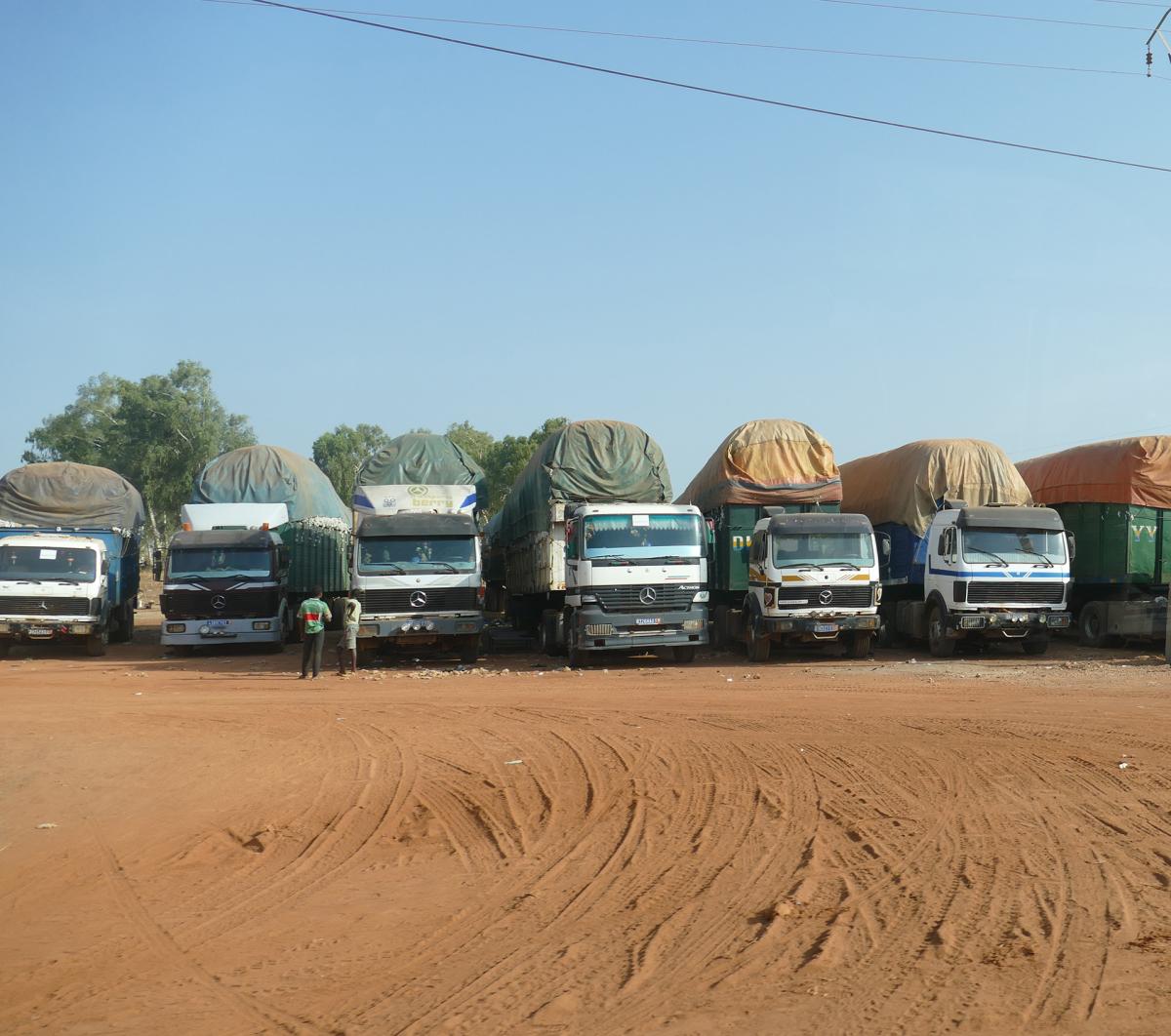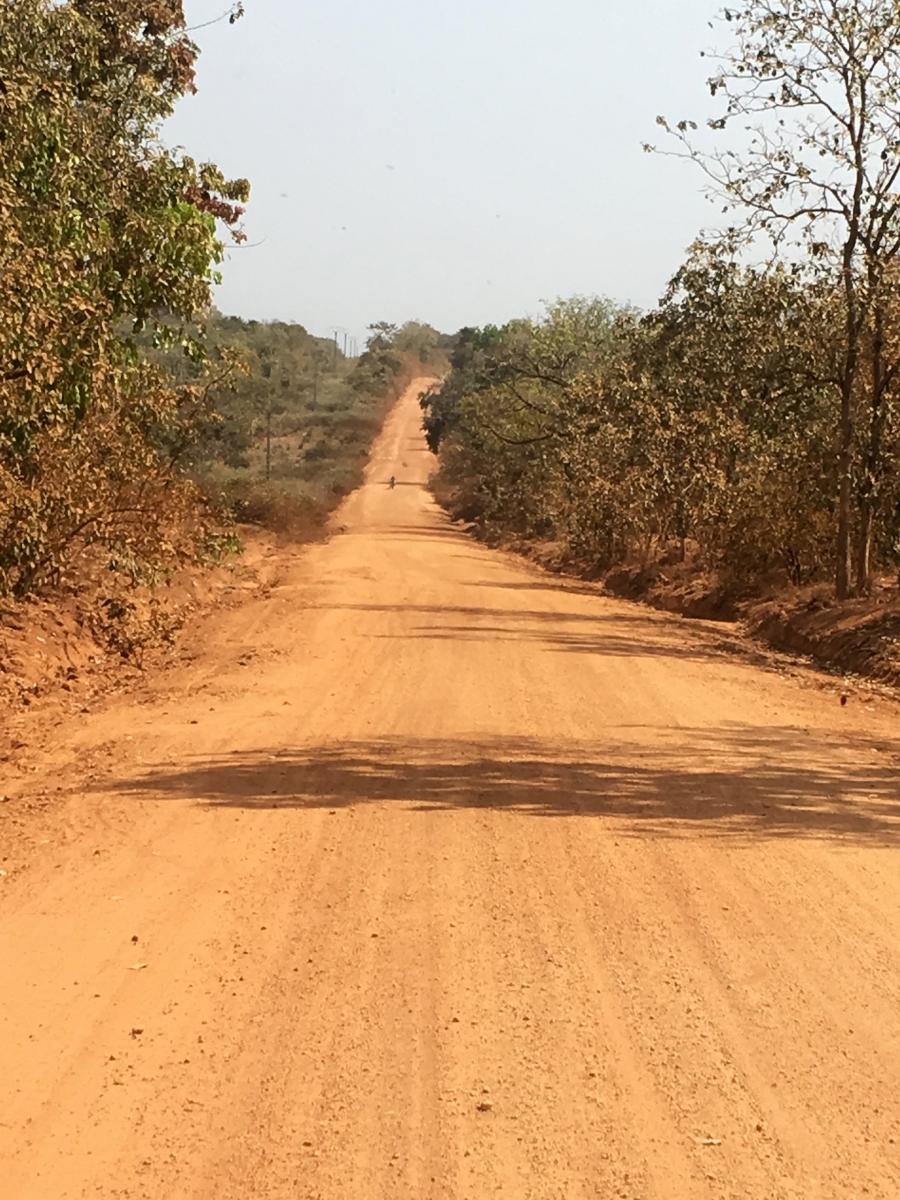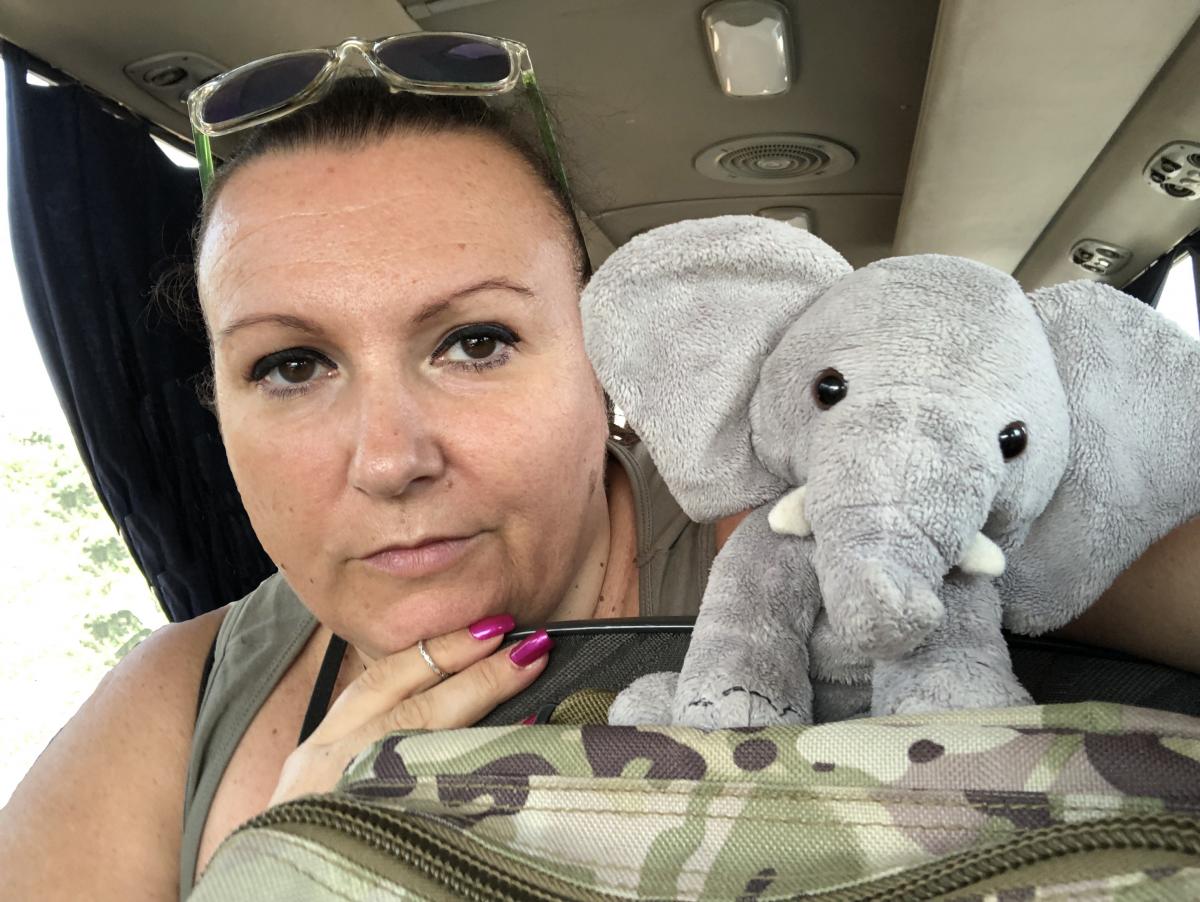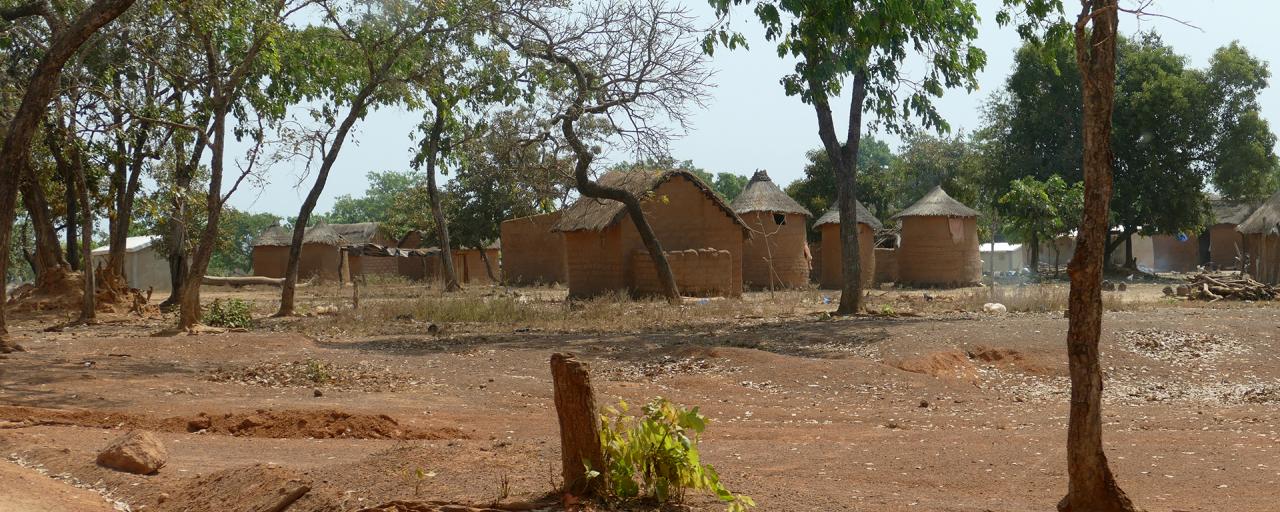Submitted by SafariADV on Tue, 2019-02-19
We are in the Ivory Coast, we are in Korhogo and today we go to visit Kong; this small town holds two architectural jewels: two Sudanese-style mosques.
We have a hearty breakfast, today we do not know if and when we eat lunch, we check out and get into the car.
We cross the town of Korhogo, that we have not had time to visit until now; when we return, in the next few days, we will be able to visit the market, the wood craftsmen and we will see what else it will reserve for us, but now we cannot stop, Kongis waiting for us.
The first part of the road, the one connecting Korhogo to Ferkessedougou, is paved and averagely trafficked; we also meet several trucks loaded with cotton that, as it had happened to us in Benin, travel South.
In this area of the Ivory Coast, thanks to the drier climate, they grow cotton, but many trucks come from far away, from Burkina Faso, from Mali and from Niger, transporting cotton to the port of Abidjan.

We cross Ferkessedougou, or Ferke as it is commonly called by the Ivorians; this town has had, and still has, an important role in the commercial exchanges between the Ivory Coast and the neighboring countries.
Here at Ferke there is an important cattle market and a well-stocked local market for goods; in the past this city played an important role in the trade as the railway that connected the Ivory Coast to Burkina Faso and Niger passed through here, the railway still exists today and is an important artery for the exchange of goods with Burkina Faso, even if many transports now moved to tires.
Tomorrow we will spend time to explore Ferke better, now we must continue our journey to Kong.
Once passed Kong at some point we turn and take a secondary road, it is dirt!

This is the Africa we love most: dirt, dust, only vegetation and some traditional Senoufovillage, children who, almost amazed, watch us pass and greet us; much better than asphalt and traffic.
We also see some fields cultivated with cotton, at this time of the year they are gathering it, in fact, in some places, we see the heaps of cotton wool, that have been collected and are ready to be put on a truck and taken to the South.
Most of the vegetation, however, is wild.
There are several Senoufo villages, some are more modern, others are very beautiful and traditional; now better to continue with our itinerary, but on the way back we want to stop and visit them.
There are no driving directions and, from what we understand, talking to our guide, there is more than one road to Kong; the difficulty lies in taking the right path.
Sometimes it may happen that one of the roads is interrupted because the rains have destroyed it or because a truck that carries the cotton has overturned; only the local people, and not all, can give precise information on the state of the roads; it is therefore very important to have a driver and a guide who know where to find the correct information.
We arrive at Kong when it is almost noon, the dirt road has slowed us a bit, because there were many holes and dips; but we are still on time with our program today.
We park, get off the car and visit Kong.



